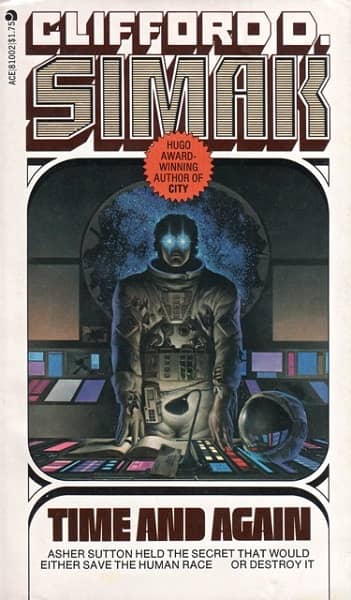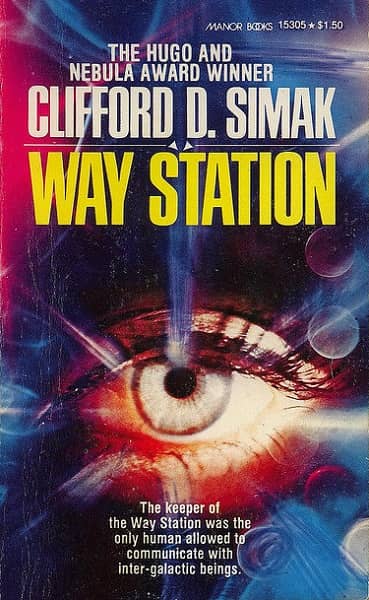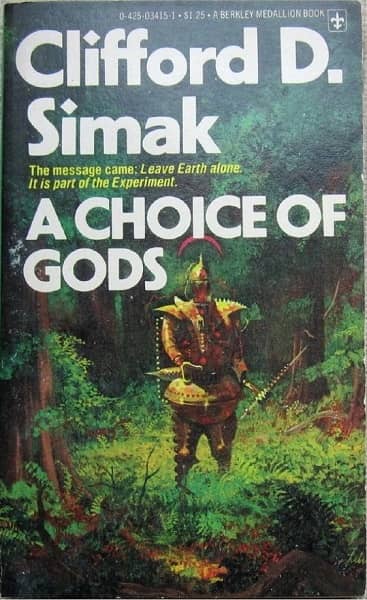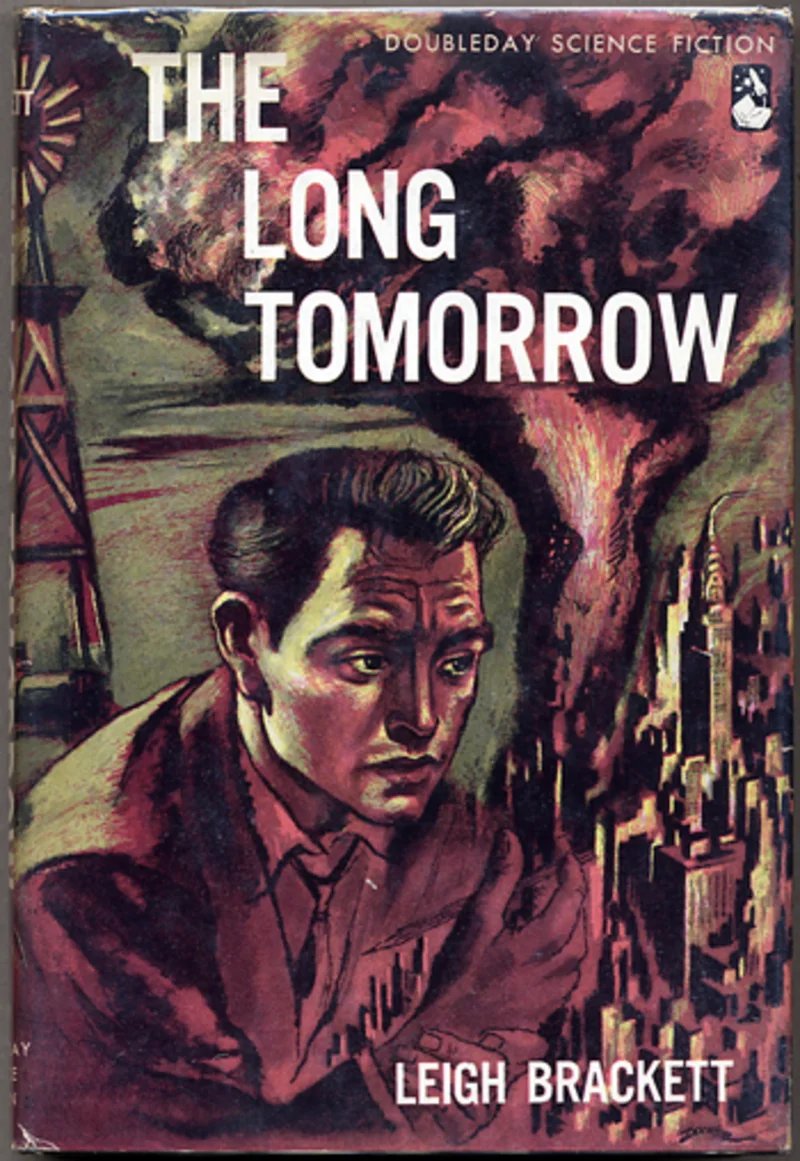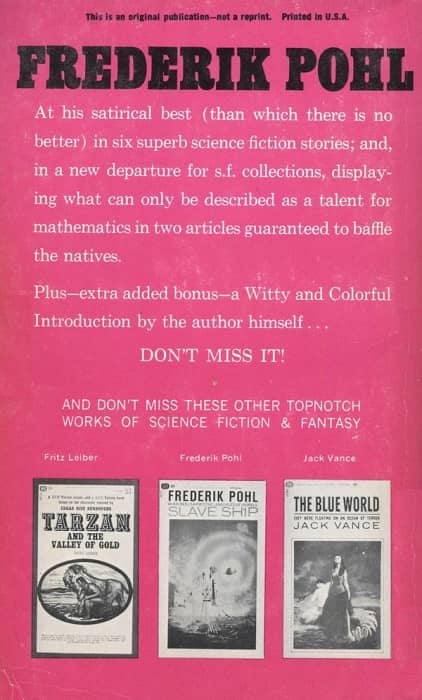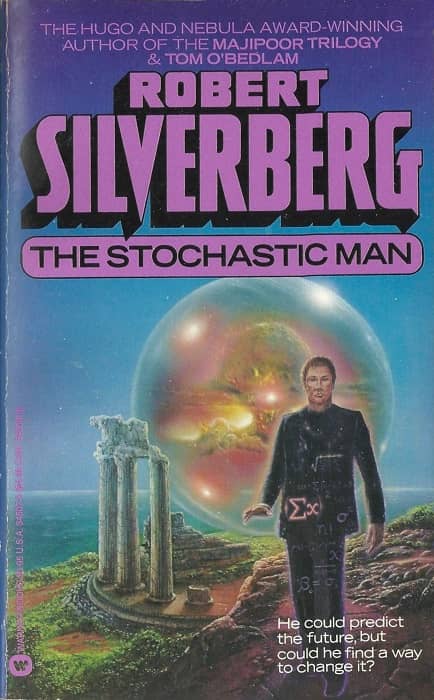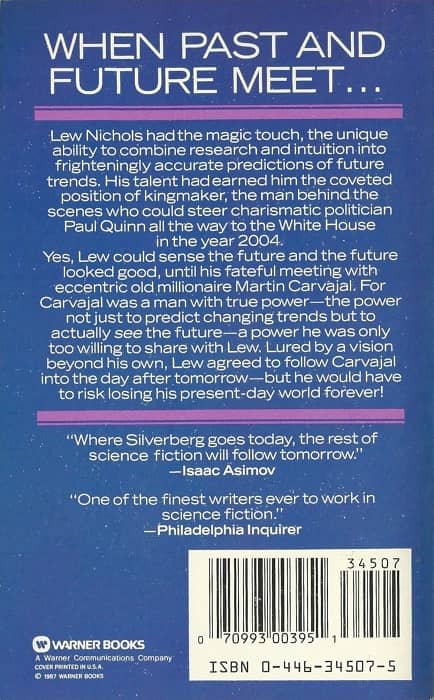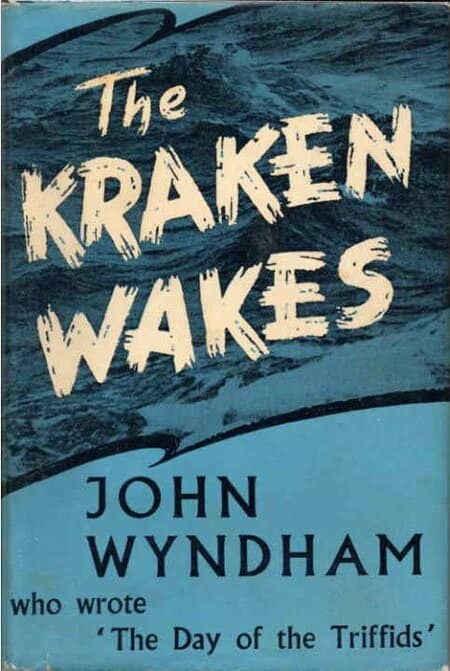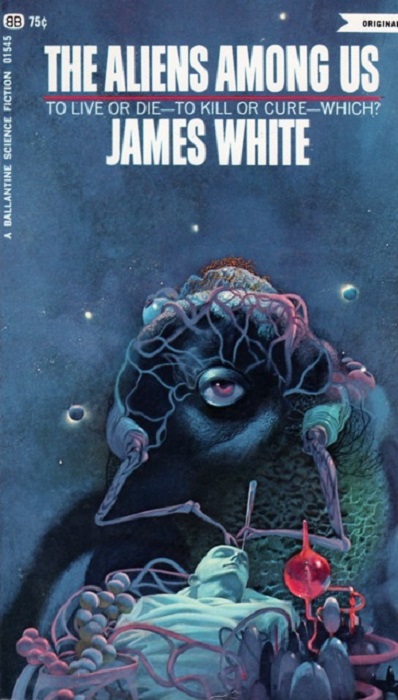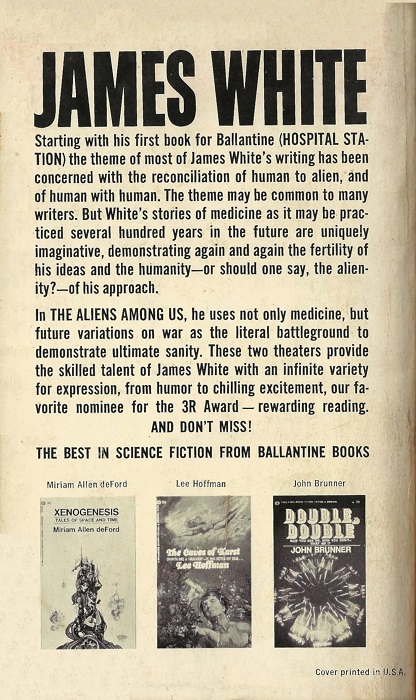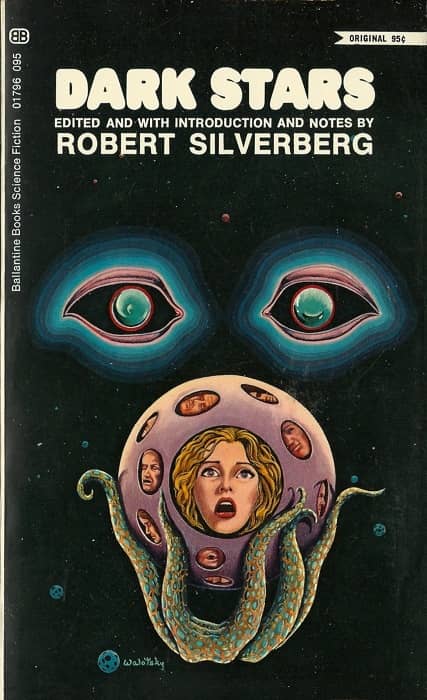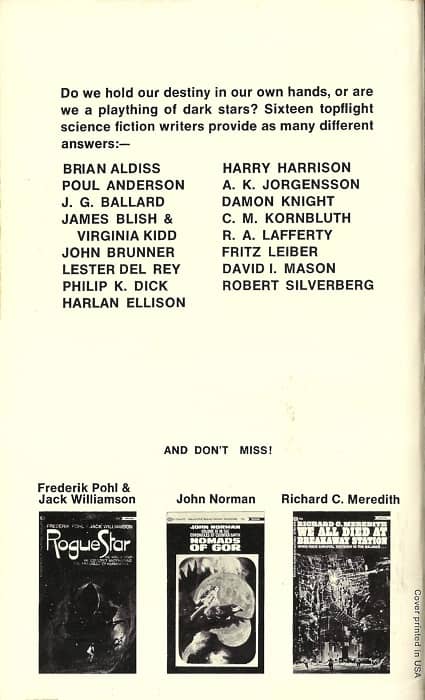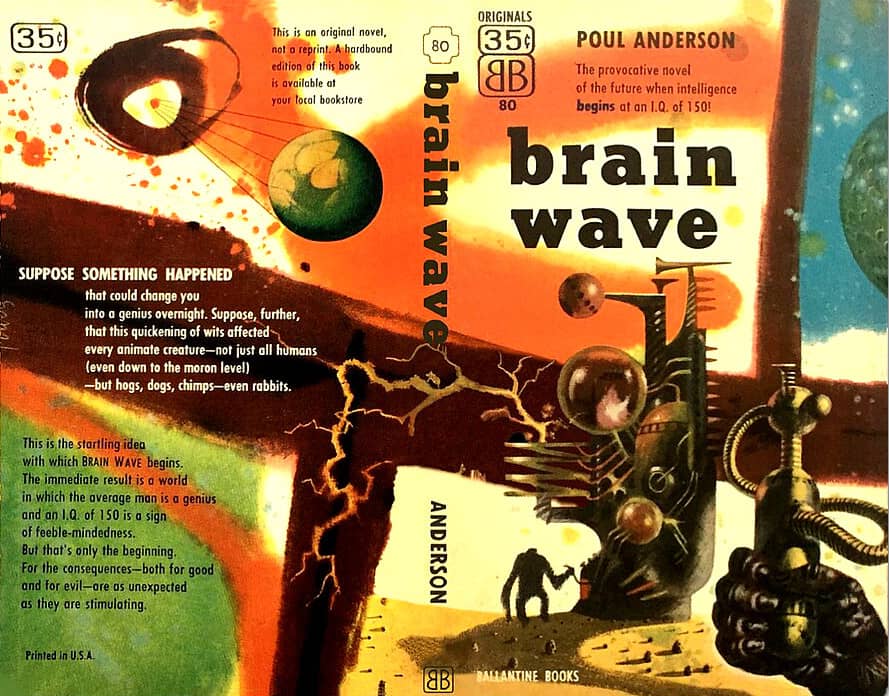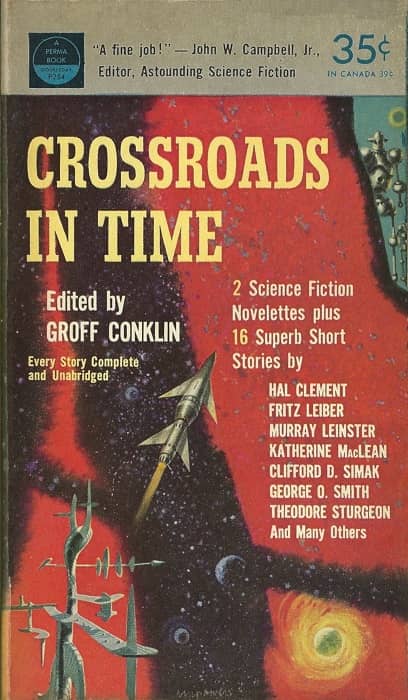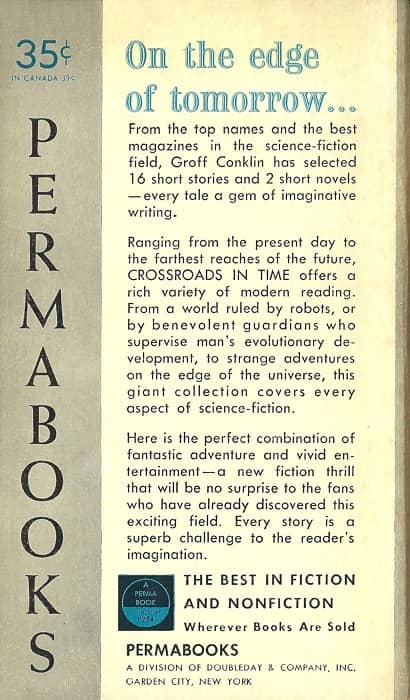Vintage Treasures: Land of Dreams by James P. Blaylock
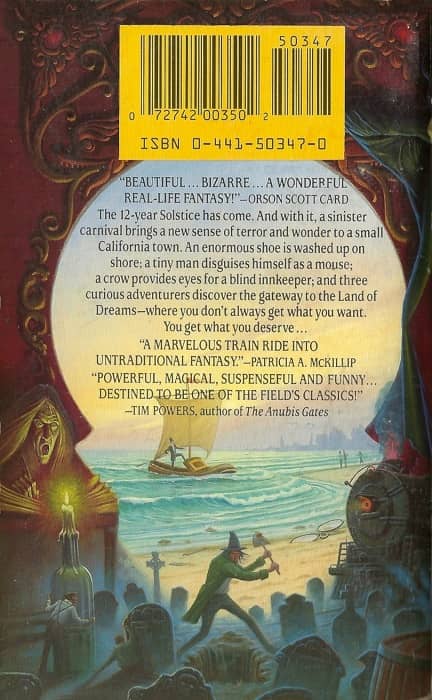 |
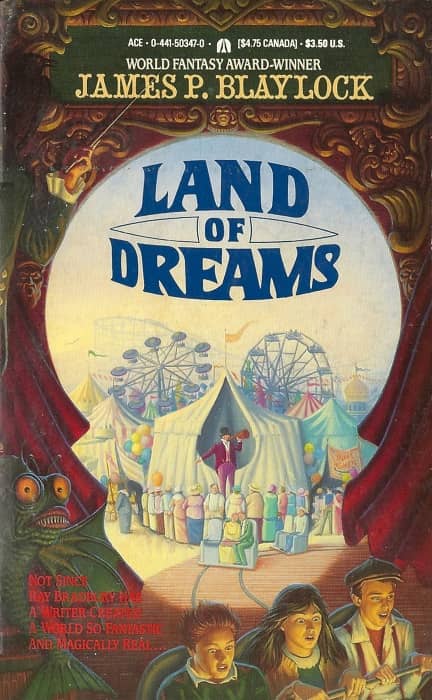 |
Land of Dreams (Ace, 1988). Cover by James Warhola
In 1986 James Blaylock’s novelette “Paper Dragons,” originally published in Robin McKinley’s anthology Imaginary Lands, was nominated for a Nebula award, and received a World Fantasy Award. A year later Blaylock returned to the same setting with Land of Dreams, a contemporary fantasy that Science Fiction Chronicle called “Blaylock’s best novel to date, one that will undoubtedly catapult him into prominence,” and which caused Gardner Dozois to proclaim, “James P. Blaylock is one of the most lyrical and inventive of all new writers.”
Land of Dreams was Blayock’s hardcover debut, originally published by Arbor House with a colorful but rather middlin’ cover by Viido Polikarpus. It was reprinted in paperback by Ace a year later, with a spectacular wraparound cover by James Warhola that definitely got my attention. So did the rave review from Kirkus.
Striking, beautifully turned surreal fantasy, Blaylock’s remarkable hardcover debut. In the alternate-world northern California coastal village of Rio Dell, strange events mark the approach to the eerie, highly magical 12-year Solstice. Hungry young Skeezix and his friend Helen live at the orphanage run by the stern, repellent Miss Flees (she feeds them nothing but cabbage soup) and her horrid sidekick, Peebles. Along with their friend Jack, Skeezix and Helen discover a gigantic shoe washed up on the beach, and haul it to Dr. Jensen, who’s already puzzling over a collection of similarly enormous artifacts. The beach is invaded by hermit crabs, small at first; but, as Solstice approaches, the crabs grow larger — the last is the size of a house. A darkly ominous Carnival arrives, travelling magically along train tracks that have decayed into uselessness… Skeezix and Jack unravel the multiple mysteries in a stunning and satisfying conclusion. Weird, complex, wise, original, delightful: pounce!
As Fletcher Vredenburgh has recounted here at Black Gate, he discovered Blaylock with the delightful trilogy that began with The Elfin Ship (1982), but Land of Dreams was the book that really put Blaylock on the map for me. The Ace edition was handed around and excitedly discussed among my circle of friends in Ottawa in 1988.
